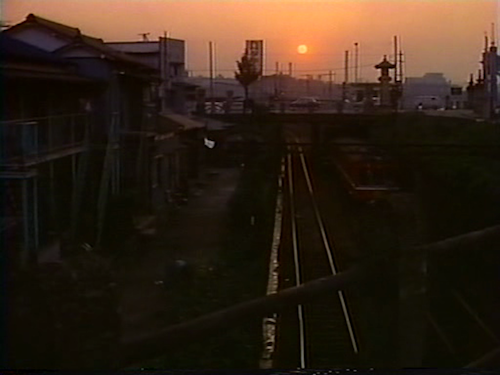Menu


HUM 510 | Comparative Form and Culture
Spring 2014
Dr. Robert C. Thomas
Classroom: HUM 582, 3:35 – 4:50 PM T/TH
Office: HUM 416 | Office Hour:
Course Website: http://ecstasy.io
This course will comparatively explore the cinematic avant-garde in Japan from 1968-1972—in particular the work of Oshima Nagisa, Wakamatsu Koji, Adachi Masao, and Matsumoto Toshio, much of it produced and distributed under the aegis of the independent Art Theater Guild (ATG)—together with the work of the Situationist International from roughly the same era in France. The work of the Japanese cinematic avant-garde will be studied from within its own cultural context, including the U.S. – Japan Treaty, the upheavals of 1968 and their aftermath, relations between Japan and Korea, as well as in relation to modernism/modernity, race, sexuality, gender, terrorism, pornography, and Japanese landscape theory (fûkeiron). The influence of art movements such as Fluxus, and performance art such as Zero Zigen (Zero Dimension) will be explored, as will the time spent by Adachi and Wakamatsu in the Middle East. Situationist concepts like dérive, spectacle, psychogeography, and détournement will also be studied. Oshima’s reconceptualization of pornography in relation to the post-Meiji era will be explored through a careful analysis of his 1976 film, Ai no corrida (In the Realm of the Senses). We will use the work of Walter Benjamin, together with readings from Harry Harootunian, to problematize the concepts of modernism/modernity. All of this work will be brought to bear on our own effort to think through the problem of the historical present. How can we think the historical present? What is our modernity? Why does this singular work, from this singular era—that of the Japanese cinematic avant-garde from 1968-1972, as well as the Situationist International—continue to speak to us as in relation to contemporary experience?
Please note: Oshima’s film In the Realm of the Senses features images of graphic, “hard-core,” sex. Because the catalog description doesn’t list graphic sexual imagery as a component of the course, attendance of the film screening is strictly voluntary.
REQUIRED BOOKS (AVAILABLE AT THE BOOKSTORE)
REQUIRED ESSAYS
REQUIRED FILMS
FULL COURSE SYLLABUS IN ADOBE ACROBAT FORMAT
HUM 510 Syllabus Spring 2014
REVISED COURSE SCHEDULE
NEW TENTATIVE COURSE SCHEDULE 510 201


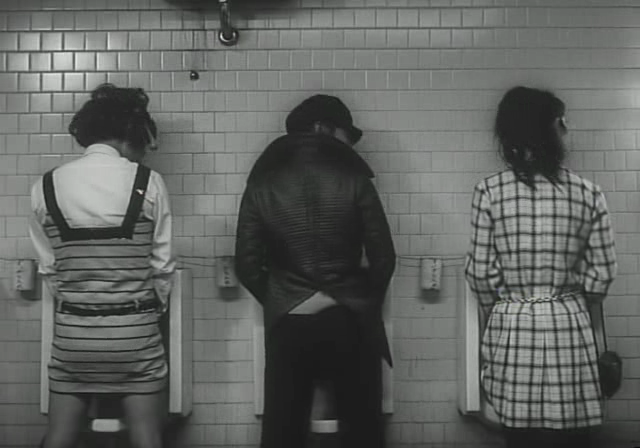
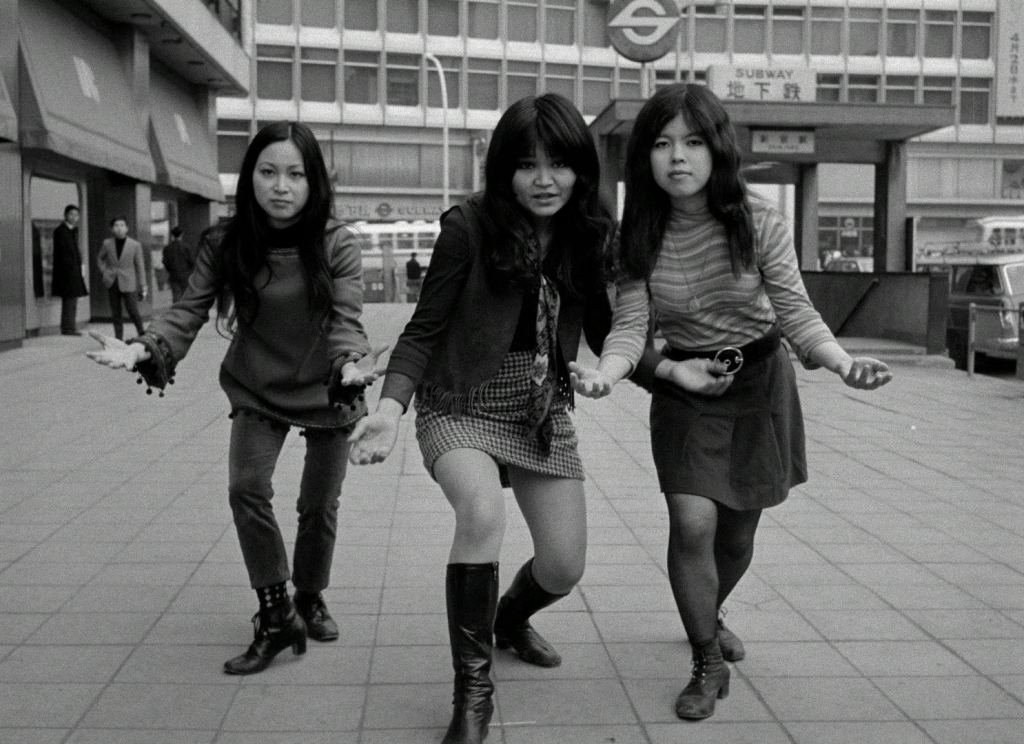
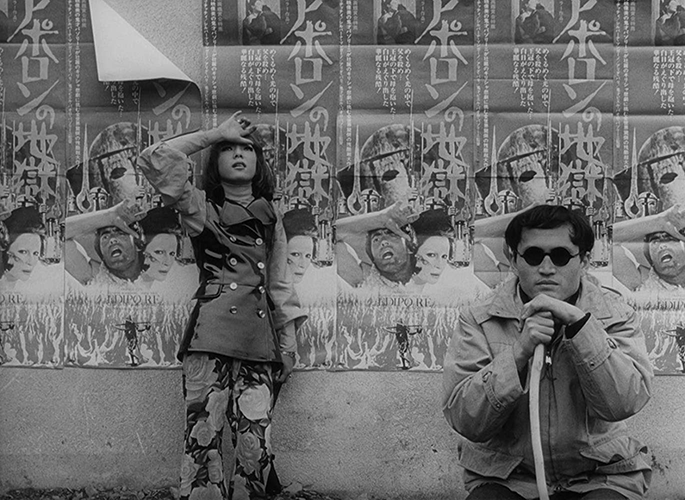
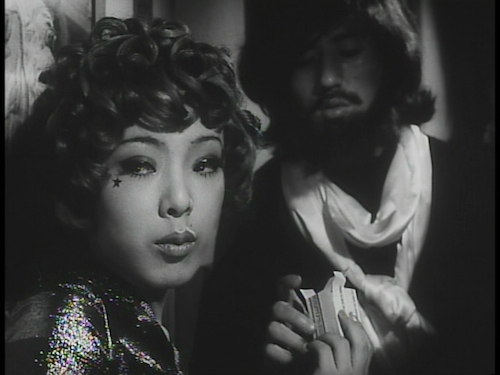



In 1969, Adachi, who had already made a number of important films, led a group of people, who were all in the vanguard of filmmaking in Japan, in making a film called “A.K.A. Serial Killer.” The camera eye mostly shows various landscapes across Japan, following the itinerary of a young informal worker, Norio Nagayama, who ended up committing a series of shootings in these places. Then a relatively known film director made a narrative film about Nagayama’s miserable upbringing and tried to make a statement about the social inequality that was supposed to have been responsible for his crime. Meanwhile this group decided to pursue a totally different approach, which, precisely speaking, is neither a story film nor documentary. It is an attempt to see exactly what Nagayama saw along his itinerary looking for a better job, a better place, which never existed. The resulting film shows a series of terrains that have been transformed to the effect of losing genius loci or the singularities of place and became a series of postcard-like landscapes. This was the most straightforward critique of capital’s “real subsumption,” namely, the overall commodification of the everyday, which corresponds to the critique of “spectacle” by Guy Debord. The key word used in the debate provoked by the film was fukei in Japanese, which is commonly translated as landscape. As opposed to that, the music critic Yuzo Sakurmoto suggested to use "spectacle.")
